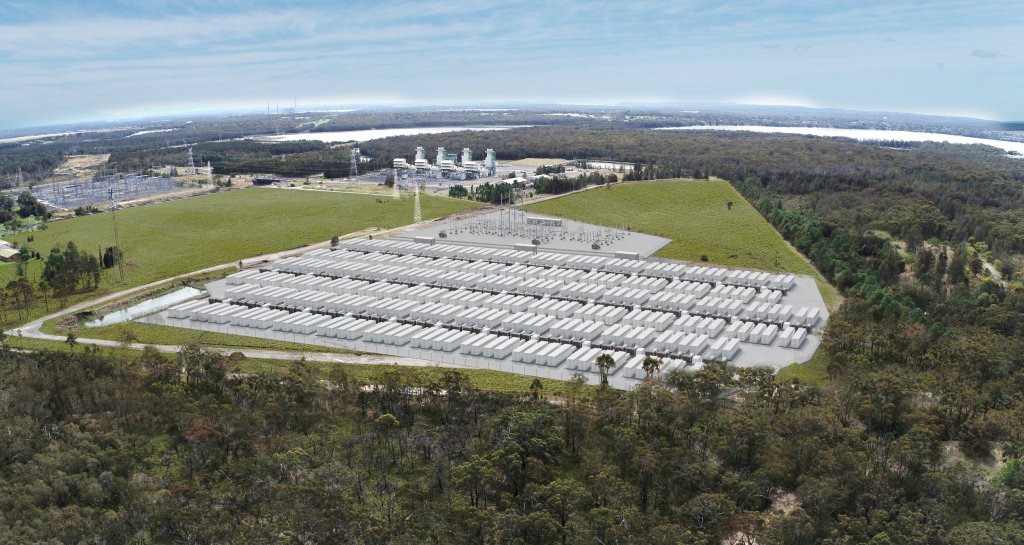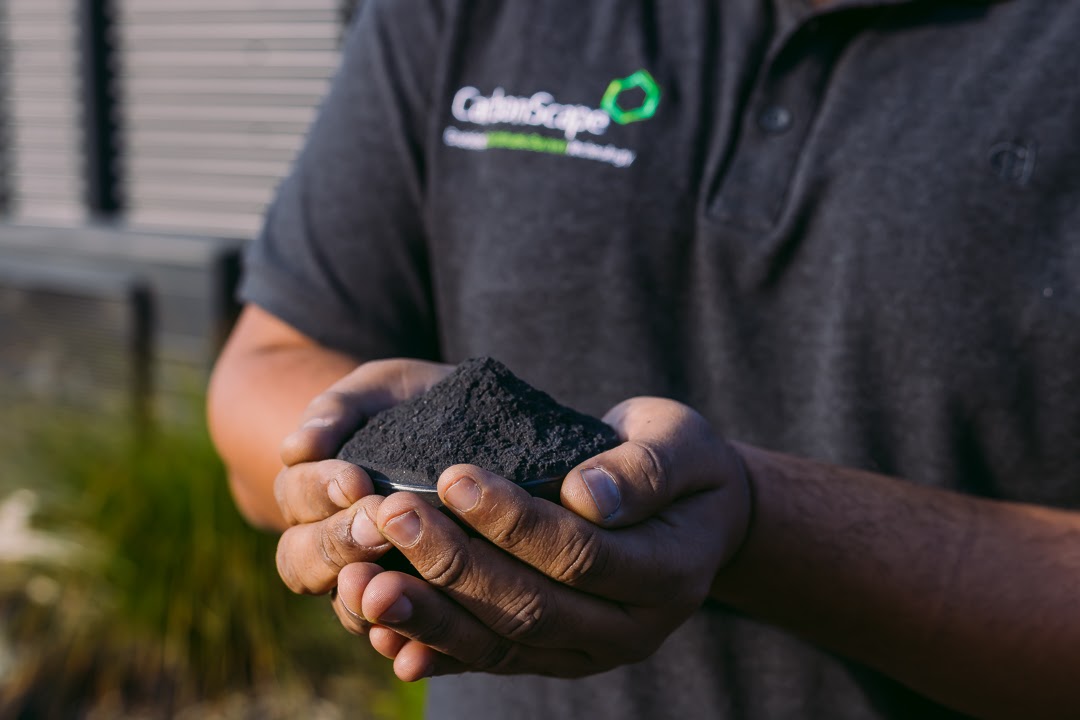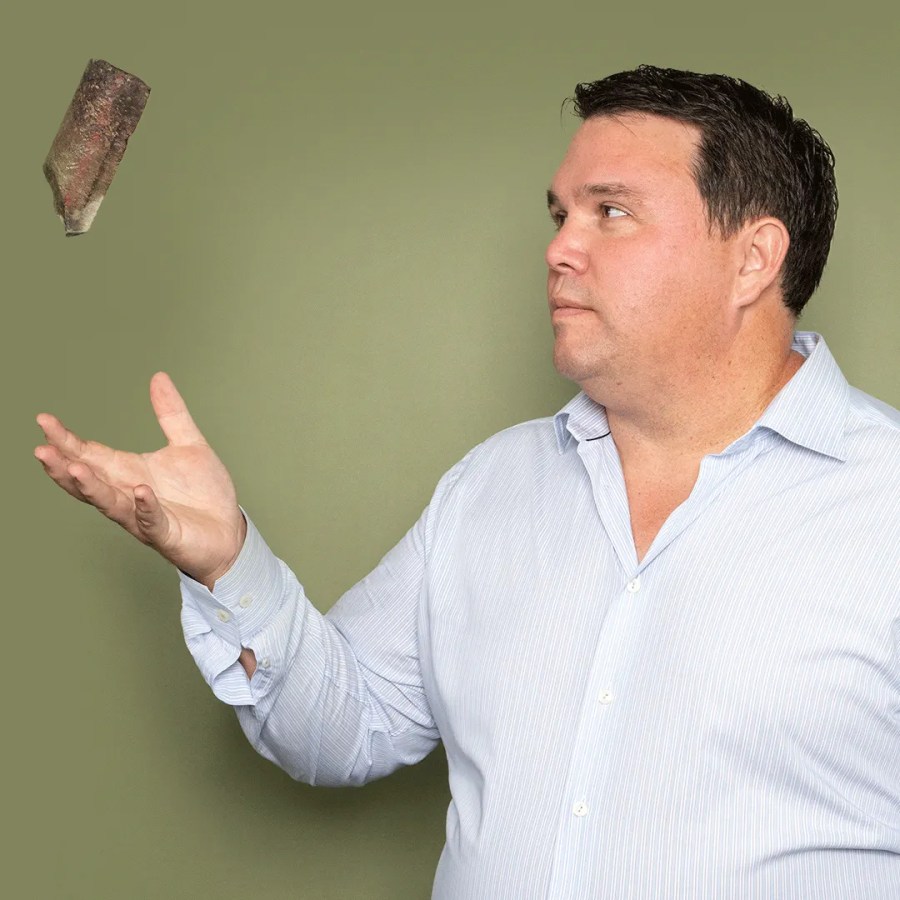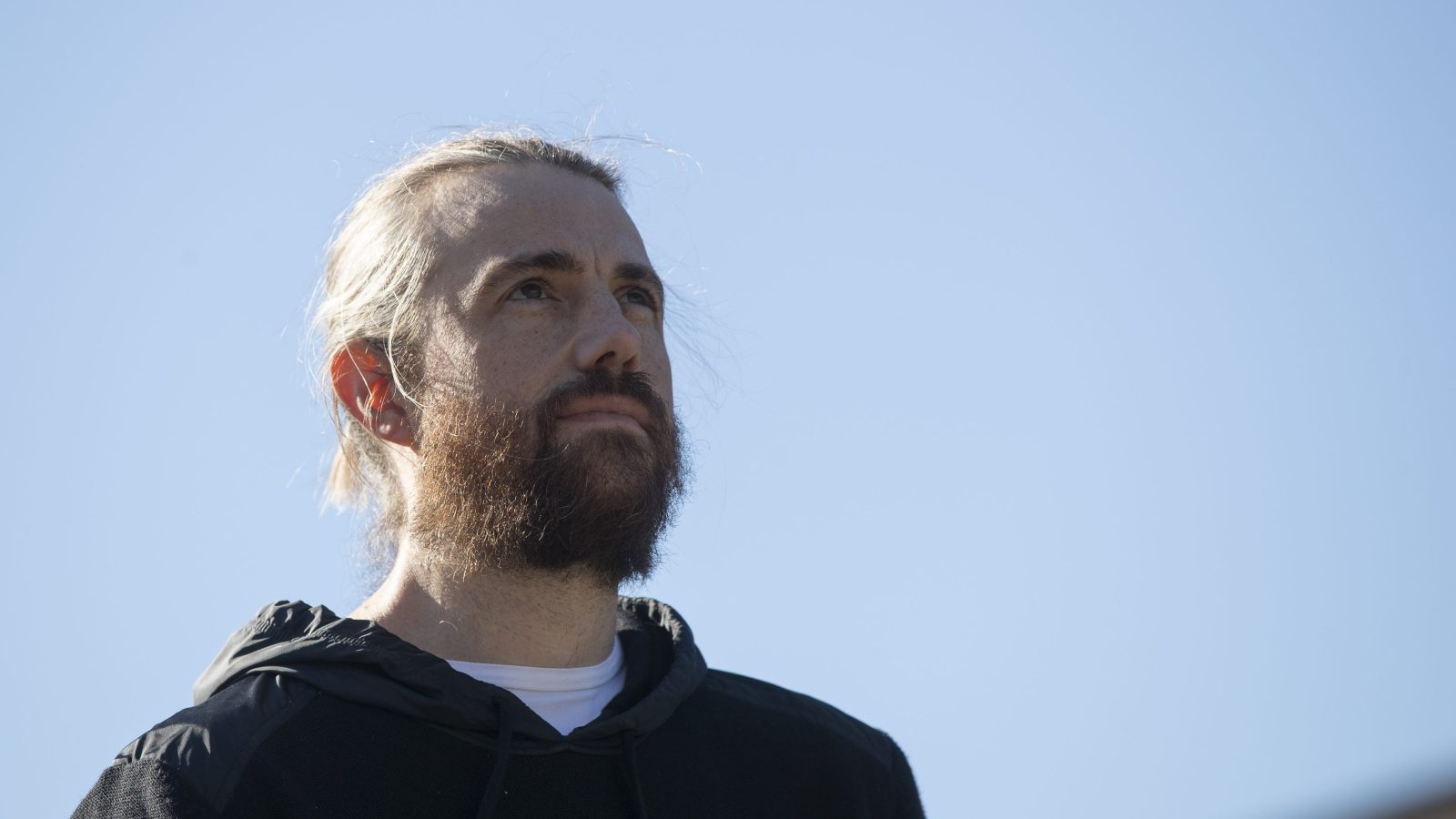BlackRock, the world’s largest asset management firm, is investing a billion dollars into Australia’s transition to renewable energy. The Waratah and Orana super battery sites in NSW should be operational next year.

Drive 90 minutes north from the Sydney CBD on a night without traffic and you’ll end up in a tiny Central Coast town called Colongra. The local attraction is a swamp, the coal plant that once employed more than 700 people has been demolished, and the population of the town is zero.
So why exactly is the world’s largest investment firm – with AUD$14 trillion in assets under management – so excited about Colongra?
Power, naturally. A world record. And a sustainable future.
In 2025, Colongra will be home to the world’s largest grid-scale battery. Consisting of 2,600 smaller lithium-ion batteries, the ‘Waratah Super Battery’ will be as big as 8 AFL football fields.
“As of today, Australia is the most vibrant market for utility-scale battery storage around the world,” says Charlie Reid, the co-head of BlackRock Climate Infrastructure APAC.
NYC-headquartered BlackRock has committed to investing a billion dollars in energy projects in Australia. It raised $500 million for the Waratah project, known as WSB.
The new super battery will allow electricity consumers in Sydney, Newcastle and Wollongong to access additional energy from existing generators in the case of an emergency.
It can do this because WSB is not set up to provide energy to consumers every day — rather, this Battery Energy Storage System (BESS) is designed to remain in standby mode. It will kick in as a ‘shock absorber‘ in circumstances like lightning strikes and bushfires.
“The control system operated by Transgrid will automatically trigger paired generators in regional NSW to temporarily reduce their output — allowing the BESS to discharge while keeping the power system stable,” documents published by the NSW government disclose.
BlackRock’s interest in Australian energy
Reid is spearheading the energy transition project from the BlackRock office in Sydney, though support for decarbonisation initiatives comes from the very top of the firm.

In his 2020 letter to CEOs, BlackRock Founder and CEO Larry Fink spelled out his expectation for BlackRock assets under management to be conscious of, and manage, climate risk as an investment risk. Fink’s call to action was a game-changer in the finance community and sent ESG ripples around the world.
Those ripples were felt in Reid’s Chifley Square office in Sydney. The British-born Managing Director was a founding member of the BlackRock Renewable Power and Climate Infrastructure investment businesses. His views are in line with Fink’s.
“BlackRock sees that the transition to a low-carbon economy is one of the key mega forces driving investments around the world,” says Reid.
“The transition to net-zero requires an investment of around $200 trillion of capital — a significant investment challenge. But we also see it as a once-in-a-generation investment opportunity for BlackRock clients. And that comes right from the top — from Larry Fink.”
Reid began looking around for a company that could solve the energy vacuum that would result from Australia taking coal-powered power stations offline.
“Australia is now recognized as one of the most volatile energy markets in the world,” says Reid, referring to a Rystad Energy report released in November last year. “There is a very pressing need for significant deployment of batteries in people’s homes, but also large-scale batteries.”
In 2022, Reid oversaw the BlackRock acquisition of Melbourne-headquartered energy company ‘Akaysha,’ which was making waves internationally for the large-scale batteries it was building down under.
Just two months after the acquisition, Akaysha Energy — which retained its name post-BlackRock purchase — announced a deal with the NSW state government to develop the Waratah Super Battery at the former coal plant site in Colongra.
This week, the first of three high-voltage transformers arrived at WSB via truck, having made the journey from Melbourne, Victoria. The next two transformers will be delivered by June.
The Waratah BESS is expected to be operational by early next year.
From Waratah to Orana to the world
WBS is not the only super battery that the dynamic Akaysha-BlackRock duo have in the works.
4.5 hours west of Colongra, just outside the rural NSW town of Dubbo, sits the Orana battery site.
In November last year, Akaysha announced it had locked in a 10-year Long Term Energy Service Agreement (LTESA) with the NSW government for a super battery in the small town of Wellington.

“The Orana BESS will be one of the first systems in Australia to deliver a four-hour system, significantly increasing the value of utility-grade battery storage to stabilise the national energy grid during longer at-risk peak periods,” an Akaysha Energy statement from November 2023 reads.
“Combined with the long-term agreement, the BESS will enable up to 2GW of new renewable energy with enough storage to power 90,000 homes per day.”
Three months after that announcement, civil works at the Orana site are already underway. The Akaysha-BlackRock super battery is expected to be operational during December 2025.
“Australia can become a renewable energy superpower by exporting skills.”
Charlie Reid, BlackRock APAC
BlackRock notes that the super battery concept is a model that can be replicated across the globe. Currently, Australia is second only to China in terms of the scale of super battery projects in the works.
“The acquisition of Akaysha was the opportunity for us to enter into large-scale battery storage — which we see as the critical technology to support the energy transition over the coming years, particularly in Australia, but also around the world,” says Reid.
In addition to the technology, BlackRock sees enormous opportunities in the renewable economy skills that are being built by the personnel working on Akaysha projects.
“Australia can become a renewable energy superpower by exporting skills,” says Reid. “We’ve backed this business to deploy large-scale assets in Australia, but also to take that cutting-edge expertise to international markets around the world.”
Look back on the week that was with hand-picked articles from Australia and around the world. Sign up to the Forbes Australia newsletter here or become a member here.
More from Forbes Australia
.


